Webinar Recap: The Single Pane of Glass Myth
The observability landscape is constantly changing and evolving. Despite this, one question often plagues operations leaders:
"How can we consolidate disparate data sources and tools to view system performance comprehensively?"
These leaders have sought the answer in a single-pane-of-glass solution. However, as Jason Bloomberg and Buddy Brewer discussed in the Mezmo webinar "Solving the Single Pane of Glass Myth," this idea is more myth than reality. Instead of seeking an elusive all-in-one solution, they propose a different, more practical approach to manage the challenges posed by multiple observability tools and vast amounts of telemetry data.
If you missed the live event, watch the on-demand recording to understand the challenges and solutions around observability, dive deep into the telemetry data problem, and explore how telemetry pipelines can simplify your data management and enhance observability outcomes.
The Discussion
During the webinar, Jason and Buddy delved into the pressing challenges around observability. They highlighted that while observability tools offer numerous advantages, their increasing number and the complexity of telemetry data they generate pose significant challenges. To contextualize these challenges, they shared findings from a recent market research study commissioned by Mezmo. The study revealed a fragmented landscape with organizations using various observability tools and grappling with data from many sources.
Tip: Some of the top challenges respondents of the survey shared are an excess of data and tools that don't interoperate. What are organizations doing to cost-effectively and efficiently use their telemetry data? Download the full report here to find out.
Drawing from these market findings, Jason and Buddy presented their views, echoing the study's observations. They acknowledged the growing demand for a solution capable of handling the increasing number of tools and diverse data sources. One practical solution, they argued, is implementing telemetry pipelines. By centralizing data collection, processing, and routing, telemetry pipelines can integrate various observability tools seamlessly.
The duo further dissected the telemetry data problem into three sub-problems:
- an excess of telemetry data
- data not being in the proper format
- data not being in the right place
They linked these sub-problems to several business implications, including high costs, slower query response times, data siloing, and reduced team collaboration.
Key Takeaways
- Single-pane-of-glass is a myth, but you can find solutions within the observability practice.
- Organizations face challenges due to the use of multiple observability tools and the management of complex telemetry data.
- As Jason and Buddy proposed, telemetry pipelines can be a practical solution to these challenges, centralizing data collection, processing, and routing.
- The telemetry data problem can be distilled into three sub-problems, leading to several business implications.
Telemetry Pipelines: A Practical and Attainable Solution
In the quest for a single pane of glass solution, the real answers lie in practical, attainable solutions like telemetry pipelines. As Jason and Buddy emphasized in the webinar, organizations can regain control over their data, improve operational efficiency, and obtain actionable insights to ensure the reliability and security of critical systems by implementing a telemetry pipeline. They urged organizations to evaluate their requirements and select a solution that aligns with their needs, with a keen eye on time-to-value factors and a strategic approach to avoiding vendor lock-in, like Mezmo Telemetry Pipeline.
If you want to try it out, use Mezmo Telemetry Pipeline for free here. Otherwise, you can check out our pipeline page to learn more or request a personalized demo tailored to your business needs.
.jpg)

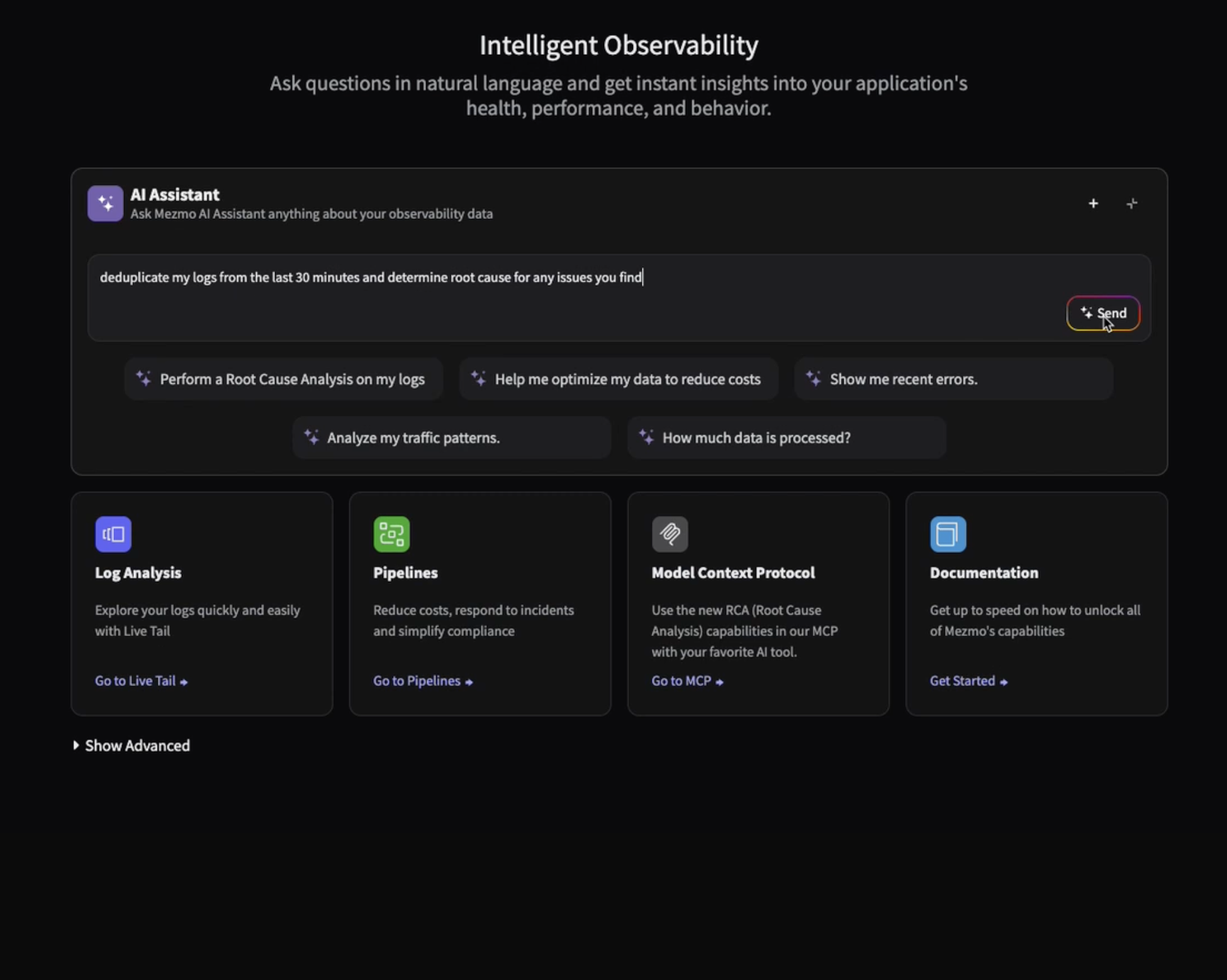
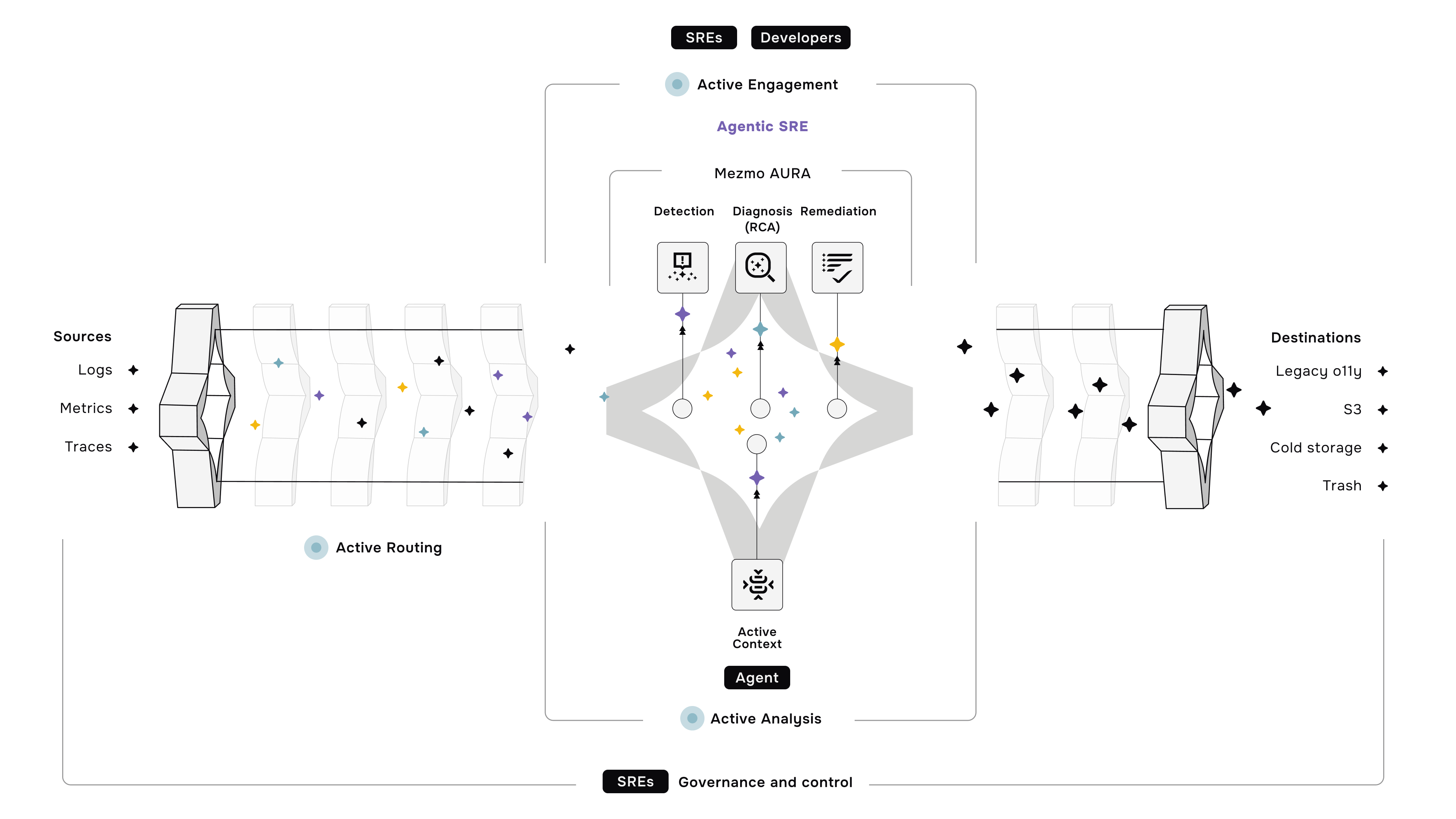

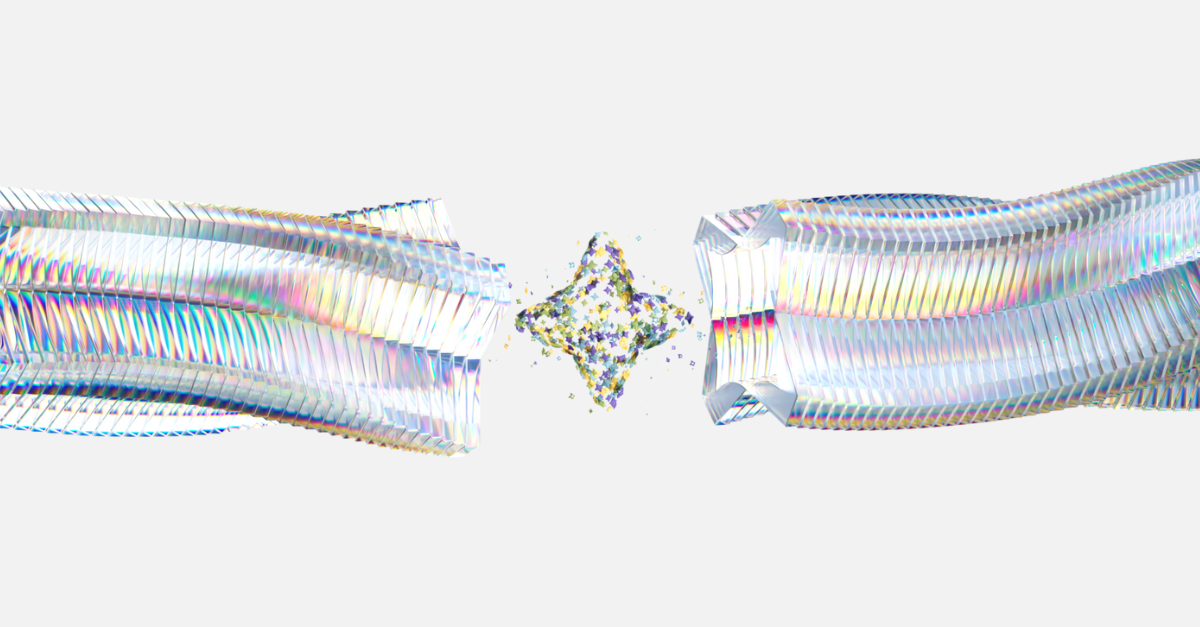




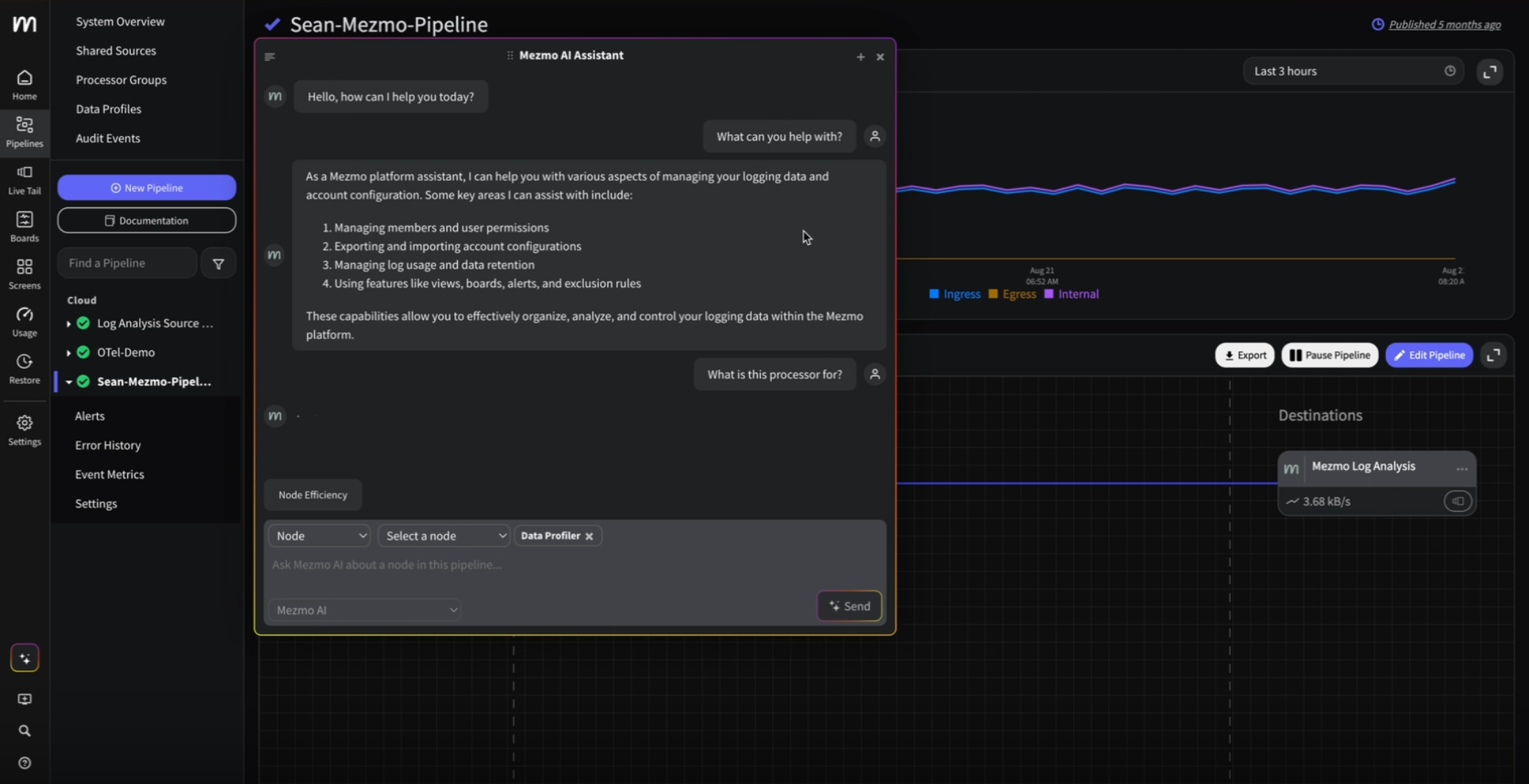
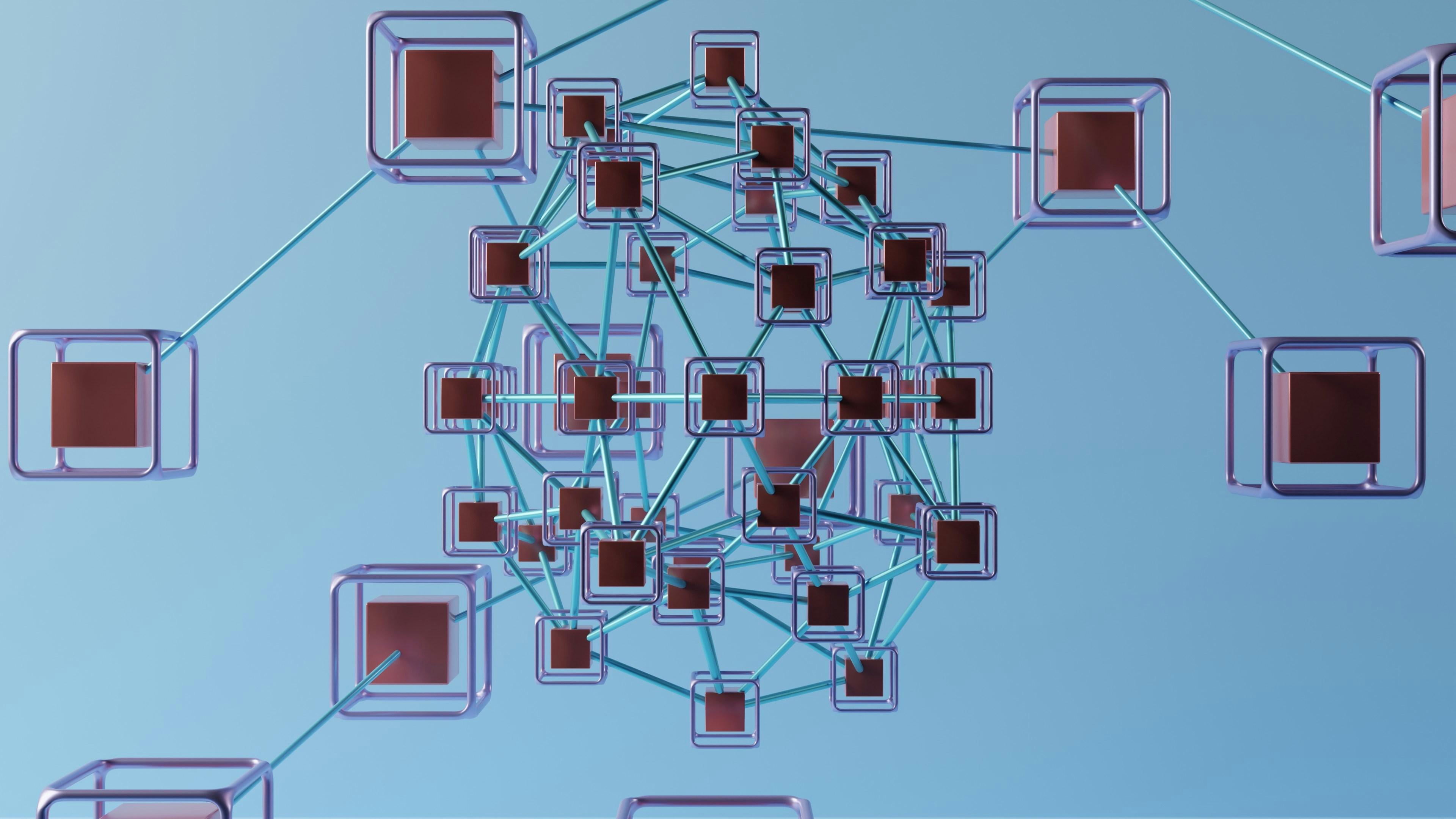

.png)




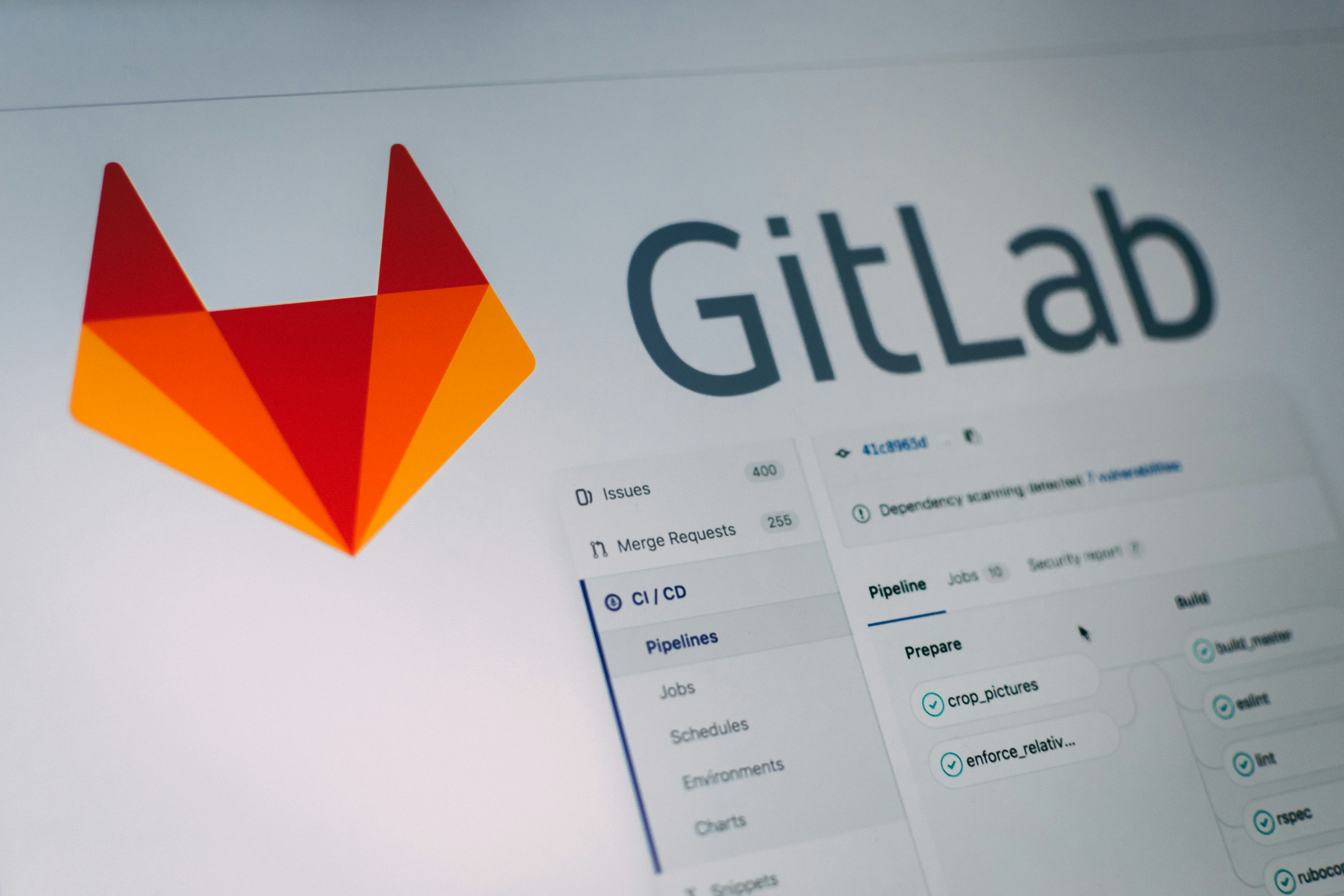



















.png)


































































